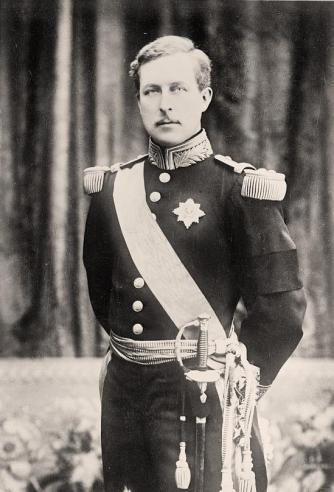
Belgium's King Albert I was found dead on February 17, 1934. The experienced rock climber was found at the base of a large formation with a gash to his head. Speculation that he was murdered ran rampant. During World War I, he had resisted Germany and attempted to block German troops from entering his country. They eventually did, but he fought them every step of the way. Was Germany somehow complicit in his untimely death?
Many felt that he had been killed elsewhere and his body dumped where it was found. The evidence suggested otherwise. His glasses were found nearly 40 feet above him - - he was very far-sighted - - and his climbing rope was still attached to his body. But, the most important evidence that suggested a fall rather than a murder was blood on the leaves near the King. If this blood was indeed Albert's, then he must have shed it at that location, meaning he was at least briefly alive when he reached the ground at the base of the rock formation. If he had been killed elsewhere and dumped, there would have been no blood around the body. Dead folks don't bleed. The leaves were apparently collected and preserved.
Flash forward to 2014. The blood of the leaves was tested. Not only was it human blood and but also it was matched against two relatives of the King. These results suggested that the blood was indeed the King's blood and it had likely been shed from a head injury he received from his fall. This 80-year-old "murder" case seems to be a tragic accident.
